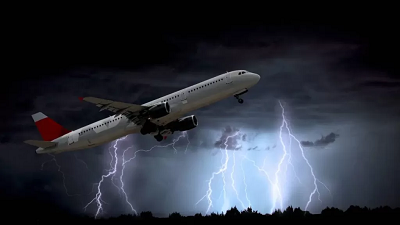Unit 14: The Atmosphere and Weather
Unit 14: The Atmosphere and Weather

Unit 14: The Atmosphere and Weather
 Unit 14: The Atmosphere and Weather
Unit 14: The Atmosphere and Weather
The Structure of the Atmosphere
The Earth's atmosphere is a layer of gases that surrounds the planet and is held in place by gravity. It consists of several distinct layers, each with its own unique characteristics and functions.
Troposphere: The troposphere is the lowest layer of the atmosphere, extending from the Earth's surface up to an altitude of about 8-15 kilometers (5-9 miles) above sea level, depending on latitude and season. It is where most weather phenomena occur, including clouds, precipitation, and atmospheric mixing. Temperature generally decreases with altitude in the troposphere.
Stratosphere: The stratosphere lies above the troposphere and extends from about 15 kilometers (9 miles) to about 50 kilometers (31 miles) above the Earth's surface. In the lower stratosphere, temperatures remain relatively constant or increase slightly with altitude due to the presence of the ozone layer, which absorbs ultraviolet (UV) radiation from the sun. The stratosphere is important for air travel, as it contains stable, high-altitude winds known as jet streams.
Mesosphere: The mesosphere is located above the stratosphere and extends from about 50 kilometers (31 miles) to about 85 kilometers (53 miles) above sea level. In the mesosphere, temperatures decrease with altitude, reaching their lowest levels in the Earth's atmosphere. It is the layer where most meteors burn up upon entering the Earth's atmosphere.
Thermosphere: The thermosphere is the second-highest layer of the atmosphere, extending from about 85 kilometers (53 miles) to about 600 kilometers (372 miles) above the Earth's surface. Despite its high altitude, temperatures in the thermosphere can reach very high levels due to the absorption of solar radiation. The International Space Station (ISS) orbits within the lower thermosphere.
Exosphere: The exosphere is the outermost layer of the Earth's atmosphere, extending from the top of the thermosphere to the edge of space. It gradually transitions into outer space and contains only a very small number of gas molecules. The exosphere is where atmospheric gases gradually dissipate into the vacuum of space.
Throughout the atmosphere, gases such as nitrogen, oxygen, argon, and carbon dioxide are the primary components, with variable amounts of water vapor and trace gases. The structure of the atmosphere plays a crucial role in regulating Earth's climate, weather patterns, and the transmission of solar and terrestrial radiation. Additionally, the atmosphere provides a protective shield that absorbs harmful ultraviolet radiation, moderates temperature extremes, and supports life on Earth.
Vocabulary
Lesson Reading
Videos and Interactives (Click on Images to View Content)

